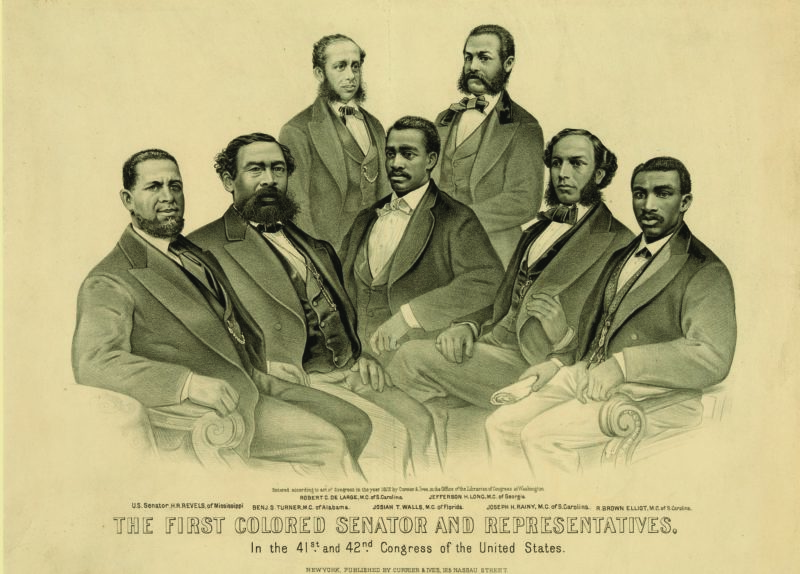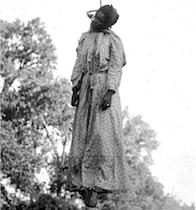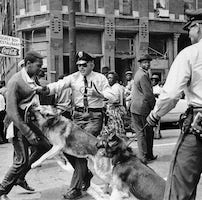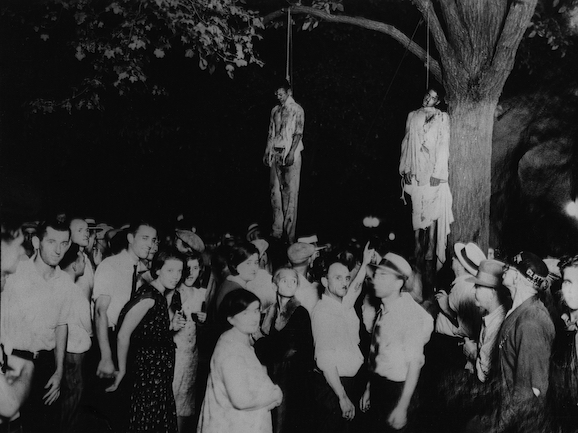How Dr. Ben Chavis Defined America’s Environmental Racism
Share
Explore Our Galleries
Breaking News!
Today's news and culture by Black and other reporters in the Black and mainstream media.
Ways to Support ABHM?
By Willy Blackmore, Word In Black
Chavis turned the spotlight on the toxic targeting of Black communities.

In 1978, just a year after the Environmental Protection Agency began to ban PCBs, 30,000 gallons of oil containing the widely used chemical additives were secretly dumped in North Carolina. Or sprayed, rather: for three months, a pair of brothers drove during the night across 14 counties, spraying the side of the road with the oil.
It was a last-ditch solution to a failed scheme to corner the market for PCBs after their domestic production was banned. The illegal disposal of the chemicals was soon discovered, and North Carolina authorities had to figure out how to clean it all up. Their solution? Remove the dirt that was illegally contaminated with the carcinogenic chemicals and legally dump all 10,000 truckloads in a new landfill in Warren County, where the population was 60% percent Black.
The plan did not go over well with local Black residents, to say the very least.
There was a groundswell of organizing against the landfill, and in 1982, a host of civil rights leaders came to Warren County to bolster their efforts. One of them was Dr. Ben Chavis, a member of the Wilmington 10 who in 1971 had been wrongfully accused and convicted of fire bombing a white-owned grocery store. Eight years later, Chavis was freed from his 29-year sentence after the group’s prosecution was revealed to be a racist sham.
In Warren County, Chavis was arrested again, for allegedly driving too slowly on a county road. As he was put into a cell, he said something that crystallized what was at the root of the state’s PCB dumping plan, and the opposition that had risen up against it. “This is racism,” Dr. Chavis said. “This is environmental racism.” [….]
Learn how Dr. Ben Davis defined environmental justice as a member of the Wilmington 10 that was wrongfully accused.
Take a look at our exhibits and galleries to see more curated work.
Don’t forget to stop by our breaking news before you leave.









Comments Are Welcome
Note: We moderate submissions in order to create a space for meaningful dialogue, a space where museum visitors – adults and youth –– can exchange informed, thoughtful, and relevant comments that add value to our exhibits.
Racial slurs, personal attacks, obscenity, profanity, and SHOUTING do not meet the above standard. Such comments are posted in the exhibit Hateful Speech. Commercial promotions, impersonations, and incoherent comments likewise fail to meet our goals, so will not be posted. Submissions longer than 120 words will be shortened.
See our full Comments Policy here.